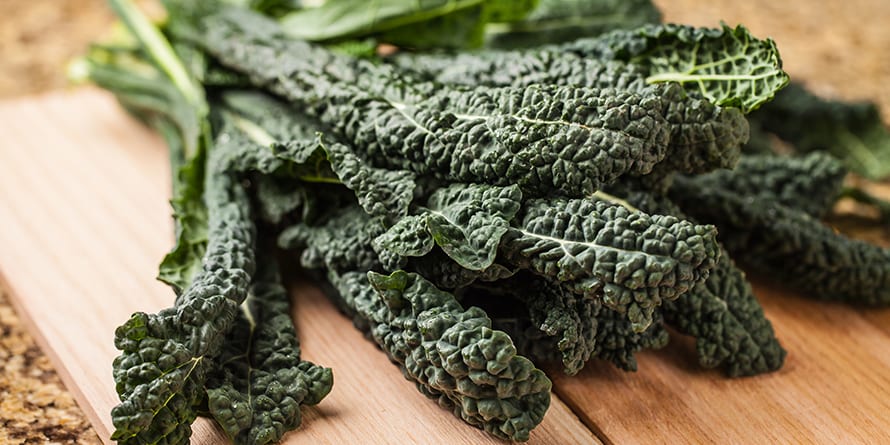About Kale & Collards
Common Name: Kale & Collards (Brassica oleracea)
Seed Saving Level: Advanced. May cross with other B. Oleracea members, including cabbage, broccoli, Brussels Sprouts, cauliflower, and kohlrabi. Produces seeds during its second growing season.
Planting
Kale and collards are hardy insect-pollinated biennials that can withstand freezing temps. They also resist heat, though collards are a better choice for hot weather. Kale can fade in the summer sun. Plants flower prolifically and attract bees. Stalks can be up to 5 ft high. Sow seeds directly between August and May, ¼ - ½˝ deep. Plants like full sun, although light shade can help them tolerate hot weather.
Harvesting
Cut small, young leaves for fresh salads. Larger leaves can be harvested for braising and stir-fry -- cut the outer leaves first.
Seed Saving
Seeds are produced during the 2nd season. When fully developed, the pods will dry, and plants will die back. Remove the stalks when most pods have ripened and dried ~ before they begin to shatter, but not when they are still green. Cut stalks, gather, and allow pods to dry completely in a paper bag for a few weeks. When dry, shake the pods and the seeds will fall into the bag. The seeds can then be poured into a smaller container. Light shaking will bring debris to the top of the seeds where it can be hand-picked or winnowed. Use a screen to help with cleaning.
Sources
- Seed to Seed: Seed Saving and Growing Techniques for Vegetable Gardeners (2014) by Suzanne Asworth
- Southwest Fruit & Vegetable Gardening (2014) by Jacqueline A. Soule
- highmowingseeds.com/organic-kale-and-collards-growing-and-seed-saving-info
- oodridge.wordpress.com/ 2010/06/26/saving-seeds-from-kale
Books and ebooks
Recipe: Warm Kale Cannellini
Ingredients
- 2 tbls extra virgin olive oil
- 1 small yellow onion, halved lengthwise and thinly sliced
- 4 cloves garlic, minced
- 1 small bunch (8-12 oz) kale, stems removed and discarded, leaves torn or chopped into 1-inch pieces
- ¼ cup tomato paste
- 3 cups chicken (or vegetable) stock
- 2 tbls balsamic vinegar
- 4 ½ cups cooked cannellini beans or
- 3 (15 oz) cans, drained and rinsed
- salt and freshly ground black pepper
Instructions
In a large deep sauté pan or a Dutch oven, heat the olive oil over medium heat. Add the onion and sauté for 5 min until it softens and browns. Add garlic and cook for 30 seconds. Turn heat up to med-high, add kale, stirring occasionally, for 3 min, until it starts to wilt. The volume of the leaves will seem unruly, but shrink quickly. Add tomato paste and spread it around with the kale, garlic, and onion to help it melt. Pour in ½ cup of stock and scrape up any bits stuck to the bottom of the pan. Add the rest of the stock and vinegar and stir occasionally for 5 min to incorporate the tomato paste while the kale wrinkles and reduces. Decrease heat to med, stir in beans and partially cover pot. Braise mixture for 20 minutes, stirring every few minutes, until the liquid thicken with the bean starches. Should be stew-like, not soupy. If it’s still loose, uncover pot and continue to simmer for 5 min until liquid thickens. Season to taste with salt and pepper. Transfer to serving bowl and top with cheese and parsley.
Source: Choosing Sides: from Holidays to Every Day (2013) by Tara Mataraza Desmond


